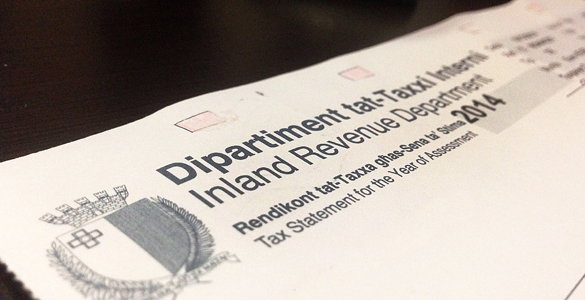According to the Central Bank of Malta’s economic outlook for 2023 – 2025, wage growth is expected to surpass the rate of inflation in light of a tight labour market and moderating price inflation. This effectively means that employees will receive more value, as their wages are expected to increase at a faster rate than the rate at which they are being devalued by inflation.
However, Malta’s gross domestic product (GDP) growth is expected to slow down from seven per cent in 2022 to four per cent in 2023, an upward revision of 0.3 per cent. GDP growth projections for 2024 and 2025 were also revised upward by 0.2 per cent to 3.8 per cent and 3.7 per cent respectively.
In 2023, net exports are expected to be the main contributor to GDP growth. This reflects the expected sharp slowdown in imports (goods imports specifically are set to contract after being boosted by strong investment in the aviation sector in 2022), as well as robust growth in exports.
Meanwhile, domestic demand is expected to lower growth, as the base effect from the extraordinary investment in 2022 should offset positive contributions from Government and private consumption.
From 2024, domestic demand is expected to be the main driver of growth, as private consumption growth is expected to remain relatively robust despite relatively high inflation. Net exports are also projected to contribute positively in 2024 and 2025, due to robust services exports.
Employment growth is set to moderate to 3.6 per cent in 2023 from six per cent in 2022, which partly reflects the envisaged normalisation in economic activity towards potential growth.
In the following two years, employment is set to expand by 2.7 per cent and 2.4 per cent, respectively.
In view of relatively high inflation, as well as tight labour market conditions, nominal wage growth is projected to be relatively strong from a historical perspective. Compensation per employee is thus set to grow by 5.5 per cent in 2023, 4.9 per cent in 2024 and 3.9 per cent in 2025, outpacing consumer price inflation during the later period of the projection horizon.
Annual inflation based on the Harmonised Index of Consumer Prices (HICP) is projected to moderate to 5.3 per cent in 2023, as international supply bottlenecks are expected to ease further.
However, lingering indirect effects from recent increases in input costs are set to keep inflation high from a historical perspective. The fall in inflation in 2023 reflects a broad-based decrease across all sub-components of HICP, except for energy inflation, as energy prices are expected to remain unchanged in view of Government support measures.
Services is envisaged to be the main contributor to HICP inflation, but food and non-energy industrial goods (NEIG) are also projected to contribute to annual HICP inflation in 2023.
The general Government deficit is set to decline to 4.9 per cent of GDP in 2023, from 5.8 per cent in 2022. It is then set to continue declining over the rest of the forecast horizon, reaching 3.4 per cent of GDP by 2025. This improvement is driven by a declining share of expenditure in GDP, mainly due to the profile of inflation-mitigation measures.
The general Government debt ratio is set to increase throughout the forecast horizon, and to reach 55.3 per cent by 2025. This is driven by the expected level of primary deficits, which partly offset the debt-decreasing impact of the interest-growth differential.
On balance, risks to economic activity are tilted to the downside for 2023 and 2024 and are more balanced thereafter.
The main downside risks relate to the possibility of stronger than envisaged weakness in the international economic environment, which could lead to lower exports. Foreign demand may also be weaker than expected if monetary policy in advanced economies tightens more forcibly than assumed in this projection round.
GDP data for the first quarter of the year also implies some downside risks to domestic demand.
On the other hand, private consumption could surprise on the upside if wage growth is higher than expected, particularly in the outer years of the projection horizon.
Risks to inflation are to the upside for the entire projection horizon.
The CBM projects that inflation could be more persistent than assumed in the baseline projections and could continue to be affected by indirect effects from past increases in commodity prices. Moreover, second round effects from higher wages and profit margins could also prolong high inflation.
Conversely, further monetary tightening and lower foreign demand could ease inflationary pressures in the medium-term.
On the fiscal side, risks are on the downside (deficit-increasing) particularly in 2023.
These mainly reflect the likelihood of additional support measures towards Air Malta. Deficit-decreasing risks in the outer years of the forecast horizon mainly relate to fiscal consolidation pressures as the general escape clause in the Stability and Growth Pact is deactivated at the end of 2023.
Top 5% of taxpayers responsible for one-third of all income tax paid in Malta
On the other hand, the bottom third of income earners pay just 1.7% of all income tax generated
The Malta Institute of Accountants prepares for its 2024 Anti-Money Laundering Conference
Held at the Radisson Blu, St Julians, this latest AML Conference promises to bring exclusive insights on new procedures
Eurozone interest rates to remain unchanged
The European Central Bank noted that price pressures remain persistent






